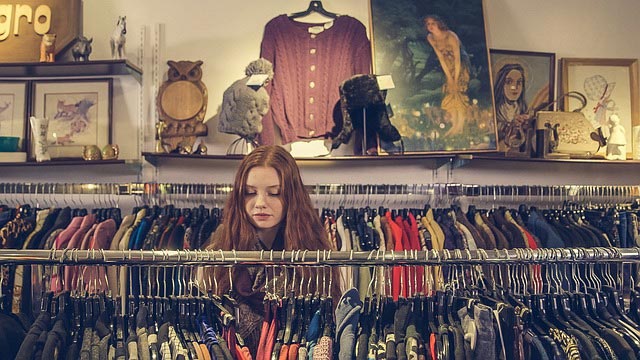Embarking on the journey of starting a retail fashion store can be both thrilling and rewarding. As the fashion industry continues to evolve, there are ample opportunities for passionate entrepreneurs to establish their own unique brand and make a mark in the competitive market. This comprehensive guide will walk you through the essential steps to turn your fashion retail dream into a reality.
One of the best ways to get products for your retail store is to find reliable European wholesale clothing suppliers who can provide you with stock shoes and clothes at good prices.
Steps of establishing a retail fashion store
1. Market Research:
Before diving into the retail fashion business, it’s crucial to conduct thorough market research. Understand your target audience, their preferences, and the current trends in the fashion industry. Analyze your competitors to identify gaps in the market that your store can fill. This knowledge will guide your decisions in terms of product selection, pricing, and branding.
2. Create a Business Plan:
A well-thought-out business plan serves as the roadmap for your retail fashion store. Outline your store’s mission, vision, and values. Clearly define your target market and detail your product offerings. Include financial projections, budgeting, and marketing strategies. A solid business plan will not only help you secure funding but will also serve as a reference point throughout your journey.
3. Legal Requirements and Business Structure:
Ensure that you comply with all legal requirements for starting a retail business in your location. Register your business, obtain the necessary licenses, and adhere to zoning regulations. Decide on the most suitable business structure (sole proprietorship, partnership, LLC, etc.) and take care of tax obligations.
4. Funding:
Determine the financial requirements for launching your fashion store. Calculate startup costs, including inventory, rent, utilities, and marketing expenses. Explore funding options such as personal savings, loans, grants, or partnerships. Having a clear understanding of your financial needs will help you secure the necessary resources for a successful launch.
5. Location and Store Design:
Selecting the right location for your retail fashion store is crucial. Consider foot traffic, target demographics, and the overall atmosphere of the area. Invest time and effort in creating an appealing store design that aligns with your brand identity. Ensure that the layout facilitates an enjoyable shopping experience for customers.
6. Merchandise Selection:
Curate a diverse and appealing range of merchandise based on your market research. Establish relationships with suppliers and designers to ensure a consistent and high-quality product offering. Keep in mind the importance of staying on top of fashion trends and adapting your inventory accordingly.
7. Branding and Marketing:
Develop a strong brand identity that resonates with your target audience. Create a compelling logo, design a visually appealing storefront, and establish a consistent brand voice. Implement a marketing strategy that includes both online and offline channels. Leverage social media, influencer partnerships, and traditional advertising to build awareness and attract customers.
8. E-commerce Integration:
In today’s digital age, having an online presence is essential for retail success. Consider launching an e-commerce platform to reach a broader audience. Invest in a user-friendly website, optimize for search engines, and implement secure online transactions.
9. Staffing and Training:
Hire a skilled and customer-focused team to ensure the smooth operation of your retail fashion store. Provide comprehensive training on customer service, product knowledge, and sales techniques. A motivated and well-trained staff contributes significantly to the overall success of the business.
10. Grand Opening and Ongoing Operations:
Plan a grand opening event to generate excitement and attract customers to your new store. Implement effective inventory management and customer relationship management systems to streamline operations. Continuously assess and adapt your strategies based on market trends, customer feedback, and performance metrics.
Conclusion
In this article, we talked about how to start a fashion retailer store. Buying stock fashion products is a good way to find cheap products.
Starting a retail fashion store requires careful planning, dedication, and a passion for the industry. By following these steps and staying adaptable in an ever-changing market, you can turn your vision into a successful and thriving business. Remember that building a brand takes time, so stay committed to delivering an exceptional shopping experience and watch your retail fashion store flourish.

0 Comments